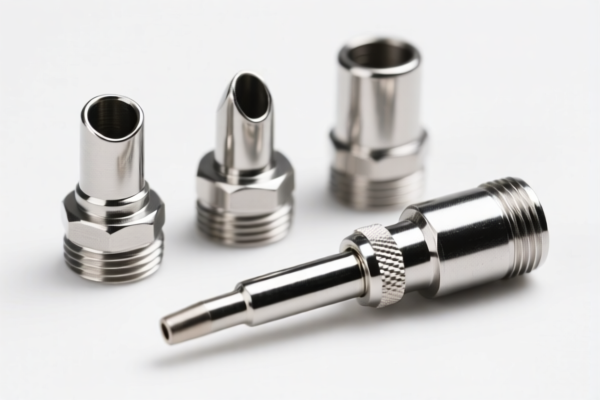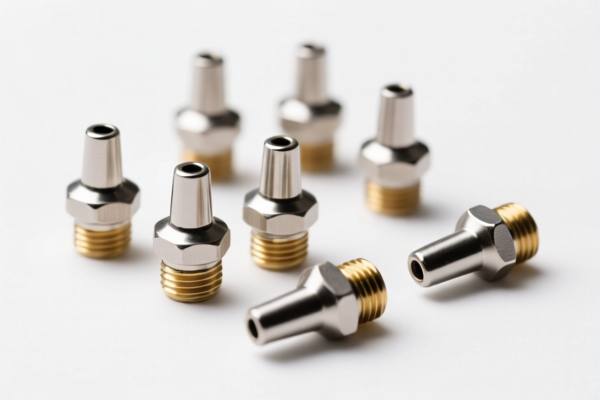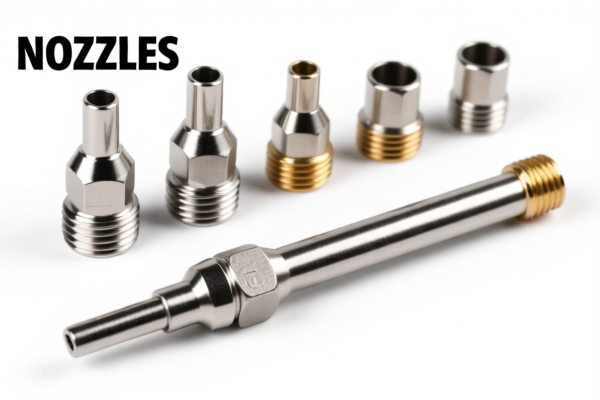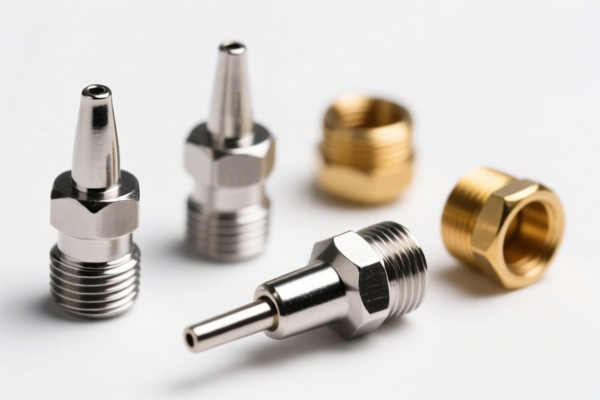| HS Code | Official Doc | Tariff Rate | Origin | Destination | Effective Date |
|---|---|---|---|---|---|
| 8487900080 | Doc | 83.9% | CN | US | 2025-05-12 |
| 7307995015 | Doc | 84.3% | CN | US | 2025-05-12 |
| 3917400095 | Doc | 60.3% | CN | US | 2025-05-12 |




Okay, let's break down the HS codes and tax implications for your declared "PIPING NOZZLES SET" components. Here's a structured analysis to help you understand the classification and potential costs:
Understanding HS Codes – A Quick Primer
HS codes (Harmonized System codes) are internationally standardized codes used to classify traded products. The first 6 digits are generally consistent worldwide, while additional digits are used for more specific categorization by individual countries.
- Chapter (First 2 Digits): Broad category of the product.
- Heading (First 4 Digits): More specific grouping within the chapter.
- Subheading (First 6 Digits): Even more detailed classification.
- Additional Digits: Country-specific refinements.
Analysis of Your Declared Items
Let's examine each item individually:
1. Machinery parts, not containing electrical connectors, insulators, coils, contacts or other electrical features, and not specified or included elsewhere in this chapter: Other Other (HS Code: 8487.90.00.80)
- Chapter 84: Nuclear reactors, boilers, machinery and mechanical appliances; parts thereof. This indicates these are components of larger machinery.
- 8487: Parts for machinery, not containing electrical connectors, insulators, coils, contacts or other electrical features.
- 8487.90: Other parts of machinery. This is a "catch-all" for parts not specifically listed elsewhere in Chapter 84.
-
8487.90.00.80: Further specifies "Other" – likely meaning a very general type of machinery part.
- Tax Implications:
- Basic Duty: 3.9%
- Additional Duty (Currently): 25.0%
- Additional Duty (Post April 2, 2025): 30% (This is a planned increase, so be aware of the date.)
- Steel/Aluminum Surcharge: 25% (If the parts are made of steel or aluminum, this surcharge applies in addition to the other duties.)
- Total Tax: 83.9% (This is a high rate, so material composition is critical.)
- Tax Implications:
2. Tube or pipe fittings (for example, couplings, elbows, sleeves), of iron or steel: Other: Other: Other Of iron or nonalloy steel: Nipples (HS Code: 7307.99.50.15)
- Chapter 73: Iron or steel articles.
- 7307: Tube or pipe fittings (for example, couplings, elbows, sleeves), of iron or steel.
- 7307.99: Other fittings of iron or steel.
-
7307.99.50.15: Specifically for nipples made of iron or non-alloy steel.
- Tax Implications:
- Basic Duty: 4.3%
- Additional Duty (Currently): 25.0%
- Additional Duty (Post April 2, 2025): 30%
- Steel/Aluminum Surcharge: 25% (Applies if made of steel or aluminum.)
- Total Tax: 84.3% (Also a high rate, material is key.)
- Tax Implications:
3. Tubes, pipes and hoses and fittings therefor (for example, joints, elbows, flanges), of plastics: Fittings Other (HS Code: 3917.40.00.95)
- Chapter 39: Plastics and articles thereof.
- 3917: Tubes, pipes and hoses and fittings therefor, of plastics.
- 3917.40: Fittings of plastics.
-
3917.40.00.95: Other fittings of plastics.
- Tax Implications:
- Basic Duty: 5.3%
- Additional Duty (Currently): 25.0%
- Additional Duty (Post April 2, 2025): 30%
- Total Tax: 60.3% (Lower than the steel/iron components.)
- Tax Implications:
Important Considerations & Recommendations:
- Material Composition: The exact material of each component is crucial. The steel/aluminum surcharge significantly impacts the total tax. Provide detailed material specifications to customs.
- Single vs. Multiple Items: Are these components being imported as a "set" or individually? If a set, you may need to determine the dominant material for tariff purposes.
- Valuation: Ensure the declared value is accurate and reflects the true transaction value.
- Certification: Depending on the end-use of these components, you may need to provide certifications (e.g., RoHS, REACH).
- April 2, 2025 Tariff Changes: Be prepared for the increased additional duties on April 2, 2025.
- Country of Origin: Verify the country of origin for each component.
- Consult a Licensed Customs Broker: I strongly recommend working with a licensed customs broker in your destination country. They can provide expert guidance on classification, valuation, and compliance.
To help me refine this analysis further, could you please provide:
- Detailed material specifications for each component.
- The intended end-use of the piping nozzles set.
- The country of import.
Disclaimer: I am an AI assistant and cannot provide definitive legal or customs advice. This information is for general guidance only. Always consult with a qualified customs professional for specific advice related to your import situation.
Customer Reviews
I found the analysis of the HS codes very clear, especially the breakdown of the 3917400095 code for plastic fittings. However, I wish the page had more guidance on how to handle a set of components for customs purposes.
The HS code for the steel nipples, 7307995015, was exactly what I needed. The detailed explanation of the 84.3% tariff and the steel surcharge made it much easier to plan my import costs.
Good info on the plastic fittings under HS Code 3917400095. The 60.3% tariff rate is a relief compared to the steel parts, but I wish there was more detail on how to classify a set of components.
The breakdown of HS Code 8487900080 was super helpful. I now understand the high tariff rate of 83.9% and what factors influence it.